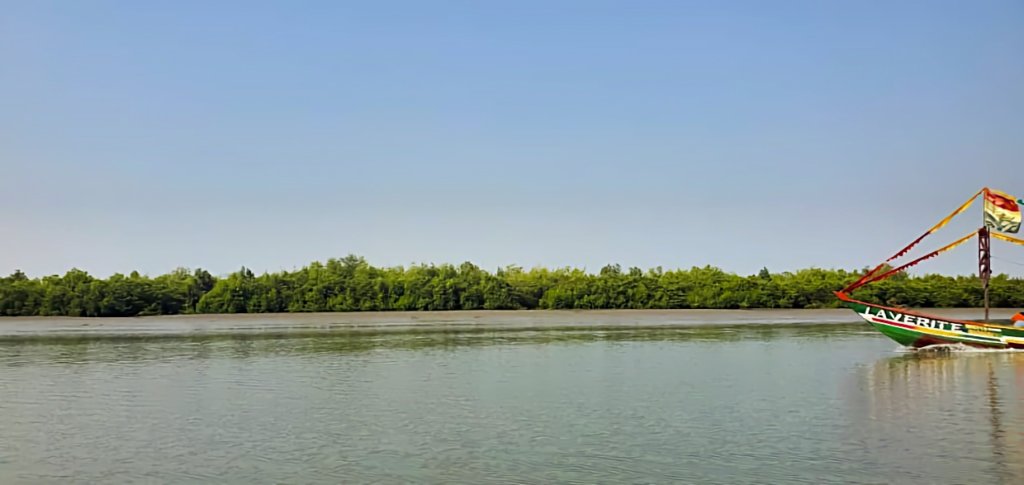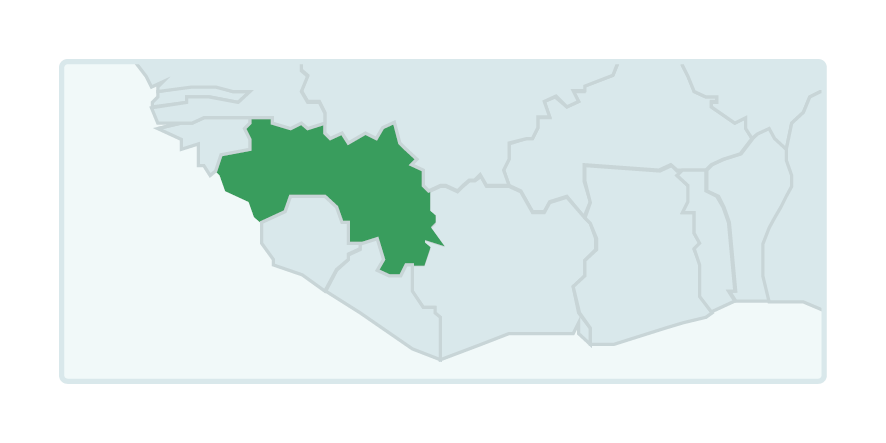Coastal ecosystems in mangroves are strategic areas for the conservation of biodiversity and play a crucial role in limiting the effects of climate change. However, human activities are putting these areas under significant pressure. Since the early 1980s, their surface area has decreased by more than 30 % in Guinea.
Identified in 1992 as a RAMSAR site, the mangrove landscape in Konkouré, in the Dubréka region, comprises 90,000 ha of mangroves, i.e. a third of Guinea’s coastal mangroves. Several initiatives were taken in the past, such as the Sangareya bay development plan funded by the European Union in the 1990s, but few concrete measures were taken to protect the landscape. Today it is experiencing pressure from various sources, particularly intensive exploitation of mangroves for firewood, salt production, parboiling of rice, and smoking of fish.

The project for the “Protection of mangroves in Konkouré” (PROMAK), funded by the European Union, will be conducted over a four-year period (2025-2028). Its objective is to achieve protection of the mangrove landscape in Konkouré. As part of the 2040 Greater Conakry Development Plan, the Ministry of the Environment and Sustainable Development (MEDD) intends to create a national urban park.
This protected status, entailing restrictions on use for those living nearby, particularly in segments that are most dependent on natural resources, will be the central issue discussed in territorial consultations involving all stakeholders.
In constant dialogue with the MEDD and the Guinean Office of National Parks and Wildlife Reserves, and in line with the governmental policy on the involvement of local communities in the management and governance of protected areas in Guinea, the project intends to create the conditions necessary for shared governance of the mangrove landscape in Konkouré for effective management of its resources that reconciles the various needs, favours a green economy, protects the environment and fosters inclusive development.
Three NGOs are implementing the project in partnership. Together with Guinée Écologie, GRET (the project leader) will conduct the components devoted to the process for recognition of the protected area and co-construction of a governance framework. The component devoted to the model for sustainable financing of the protected area and development of new and existing value chains will be co-coordinated by Eclosio and GRET.
Photo : Satellite view by HABA Fassou Vitus / Source: Sentinel-2 – Copernicus
